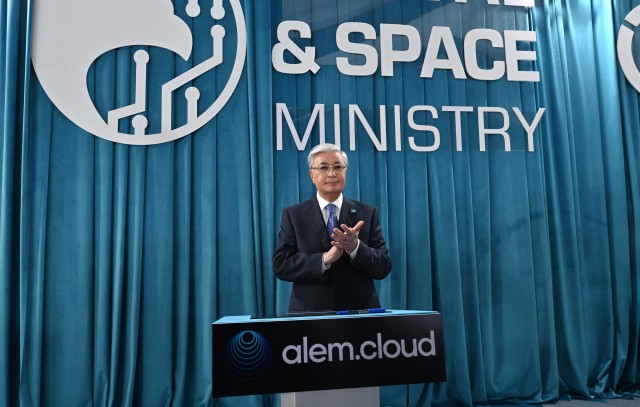
From the rhythmic clatter of rails to
innovations in railway technology. During one of their trips to an Olympiad,
the rumble of train wheels kept Astana high school students Dinmukhamed Matai
and Amir Zhanibek awake. It was then that they came up with the idea of
developing a solution to reduce noise levels. Their invention is designed to
enhance the safety and efficiency of railway infrastructure.
«Noise and vibration occur between two rails. Why is that? Because there
is a thermal gap between them, which allows the rails to contract in winter and
expand in summer,» shared project author Dinmukhamed Matai.
«At the point where the wheel dips, a dynamic impact occurs. To fully solve this problem, we divided
the original thermal gap into two parts. As a result, the wheel no longer dips
when moving along our rails, and the track remains continuous,» said project author Amir Zhanibek.
According to railway industry experts, thermal gaps are necessary to
prevent rail deformation caused by temperature fluctuations. However, they are
also a source of noise, vibration, and accelerated track wear. The students’
invention addresses this issue: there is no need to replace old rails - it is sufficient
to install new joints, which are the most vulnerable elements of the structure.
In addition, this solution will help reduce accident risks and operating costs.
The idea was supported by their physics teacher, Arnur Kazybekov. Over the
course of a year, the students carried out calculations and created 3D models.
The project even attracted the attention of the national carrier, which praised
the young inventors’ engineering approach.
«At first, it was just preparation for a regional Olympiad project. The management of Kazakhstan Temir Zholy invited us to a meeting and offered to provide expert support throughout the entire project, from start to finish. If necessary, KTZ is ready to cast a rail precisely according to our model,» said project manager Arnur Kazybekov.
The innovative solution has received four patents in Kazakhstan and is
now being prepared for international registration in Geneva. According to
experts, this is not only a contribution to the country’s railway industry but
also to the global one.









